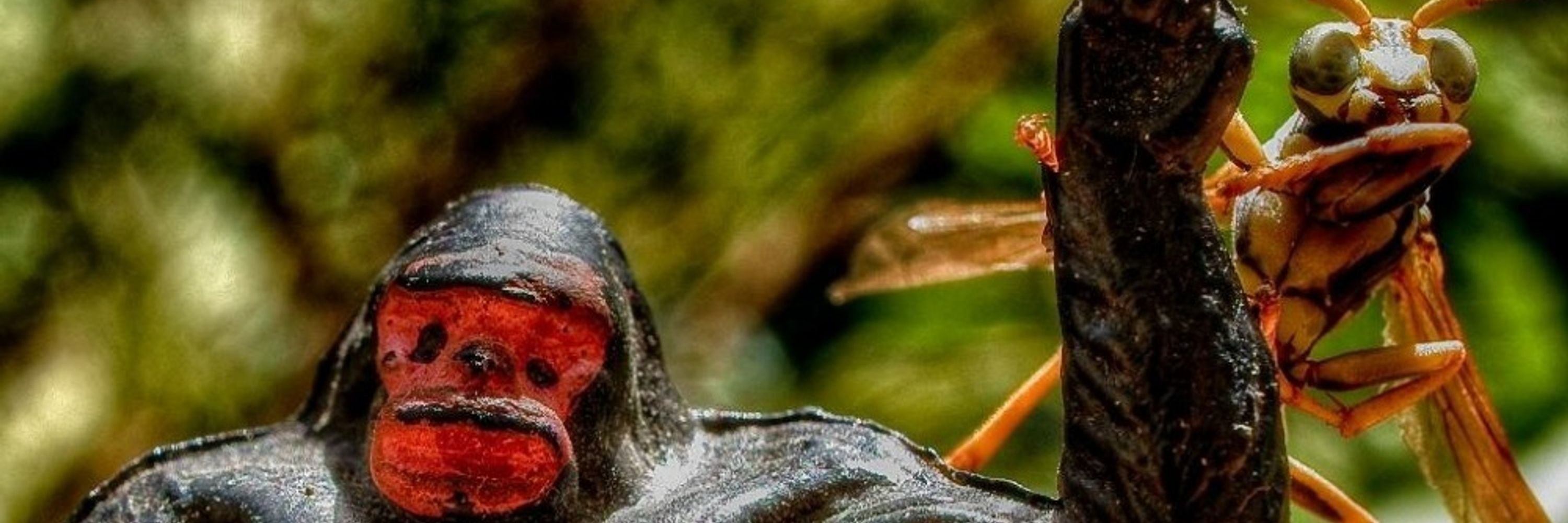
PhD^2 and Ninja Biologist.
Animal Behavior and Comparative Cognition.
Human perch for cockatoos.
Also here: twitter.com/BioTay
More about me here: https://osunamascaro.weebly.com/
Furthermore, there appears to be a convergence between the two species.
(blog) phys.org/news/2025-11...

Furthermore, there appears to be a convergence between the two species.
(blog) phys.org/news/2025-11...
(paper) www.cell.com/current-biol...

(paper) www.cell.com/current-biol...
This is very important, and I didn't realize it.
This is very important, and I didn't realize it.
I think it makes sense, however, I wonder if there could be a bias in the photographs taken.
(blog) www.scientificamerican.com/article/racc...



I think it makes sense, however, I wonder if there could be a bias in the photographs taken.
(blog) www.scientificamerican.com/article/racc...
Take a look at this amazing wrasse (Semicossyphus reticulatus).
Sometimes intelligence is visible at first glance.
Take a look at this amazing wrasse (Semicossyphus reticulatus).
Sometimes intelligence is visible at first glance.
Brace yourselves: the mental representation of oneself must have originated before the divergence between actinopterygii and sarcopterygii, around 430 million years ago.


Brace yourselves: the mental representation of oneself must have originated before the divergence between actinopterygii and sarcopterygii, around 430 million years ago.

It seems obvious that a large brain is not necessary for this.
It seems obvious that a large brain is not necessary for this.

Here, it is argued that it is due to a lack of motivation, the movements required, because they do not care about a stain, or because it focuses on vision.

Here, it is argued that it is due to a lack of motivation, the movements required, because they do not care about a stain, or because it focuses on vision.

